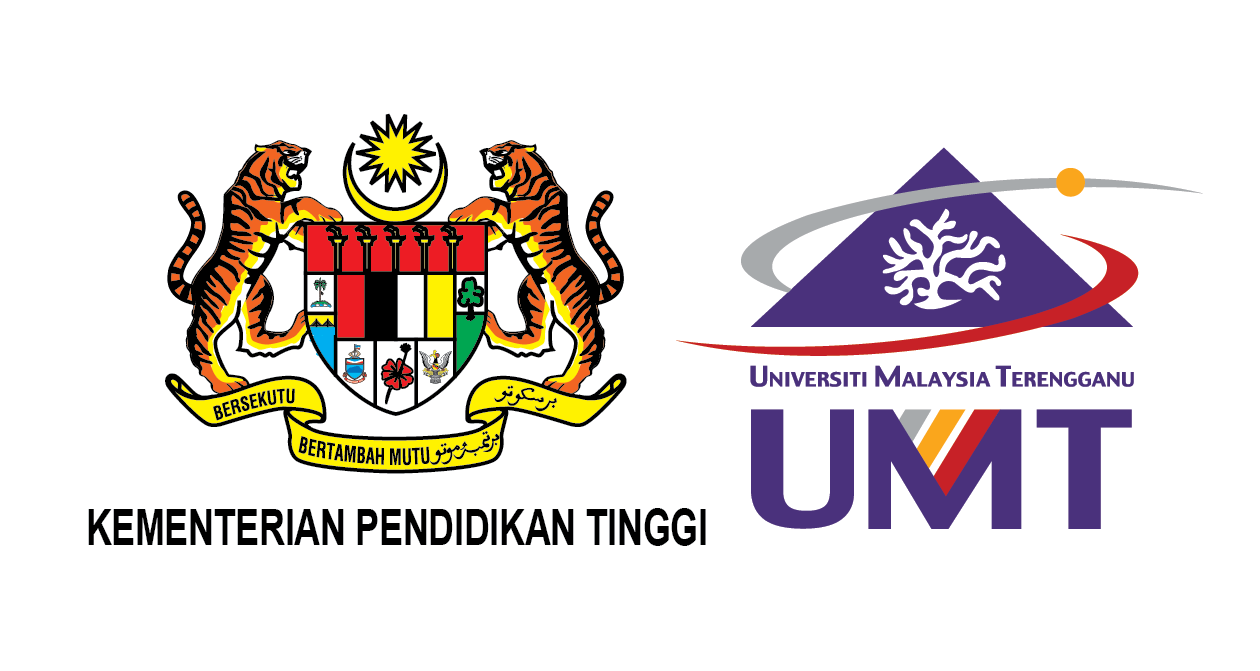Please use this identifier to cite or link to this item:
http://umt-ir.umt.edu.my:8080/handle/123456789/10690Full metadata record
| DC Field | Value | Language |
|---|---|---|
| dc.contributor.author | Siti Nazirah Saad | - |
| dc.date.accessioned | 2018-11-22T03:44:43Z | - |
| dc.date.available | 2018-11-22T03:44:43Z | - |
| dc.date.issued | 2009 | - |
| dc.identifier.uri | http://umt-ir.umt.edu.my:8080/xmlui/handle/123456789/10690 | - |
| dc.description.abstract | This study was conducted at Tasik Kenyir. Tasik Kenyir is the biggest man made lake in Southeast Asia. For depth below thanlOm, anaerobic condition was found where the dissolve oxygen is between 0-3mg/l. There was a drastic temperature changes in the water profile at 1 Om below. During monsoon, the temperature gradient from the surface to the bottom is 3-4°C. Its mean, monsoon does not effect the thermocline. However, it does increase the aerobic layer down to 25m. This is due to heavy precipitation during monsoon. Hydrogen sulfide level in Tasik Kenyir is 16.84 mg/1 in the hypolimnion and the DO was reached less than 1 mg/1. Hydrogen sulfide not naturally come from lake or sg. Como, but it is due to cage culture at lake. | en_US |
| dc.language.iso | en | en_US |
| dc.publisher | Terengganu: Universiti Malaysia Terengganu | en_US |
| dc.subject | LP 65 FASM 1 2009 | en_US |
| dc.subject | Siti Nazirah Saad | en_US |
| dc.title | Vertical distribution of hydrogen sulfide in the water of Tasik Kenyir, Terengganu | en_US |
| dc.type | Working Paper | en_US |
| Appears in Collections: | Fakulti Agroteknologi dan Sains Makanan | |
Files in This Item:
| File | Description | Size | Format | |
|---|---|---|---|---|
| LP 65 FASM 1 2009 Abstract.pdf | 567.47 kB | Adobe PDF | View/Open | |
| LP 65 FASM 1 2009 Full Text.pdf Restricted Access | 2.54 MB | Adobe PDF | View/Open Request a copy |
Items in UMT-IR are protected by copyright, with all rights reserved, unless otherwise indicated.

